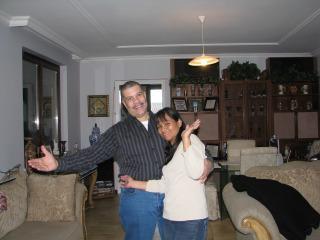Before we continue with the “Road Trips,” I was reminded that we have not visited one of the most interesting cities of Europe also steep in it’s own history.
PARIS, FRANCE I don’t know how I forgot to Blog this trip it might be that just maybe some of this trip I was trying to forget! I’ll explain “No the city of Paris was great,” it was once we were in Paris is memory I’ll always remember and my wife will never let me forget. It went like this; catching a evening flight so we could arrive without rushing arrive in Paris check into our room and go exploring the night life of Paris. I had made arrangements for a car to pick us up at our home in Zovencedo, Italy and take us to the airport, “No problem,” Luggage (got it), Tickets (got it), Wife (of course :-), we arrive at the airport I pay our driver, process our tickets and check our bags with plenty of time to spare. As I always do I looked at my wife and asked her if she would like to get something to eat or maybe a cappuccino knowing that most of the time when we take a very early flight she’ll settle for a cappuccino or a water and because this was a late flight I thought that maybe she might want a snack before boarding (better than peanuts) while we wait but this time she declined. The plot thickens ! Our plane arrives and we board on time, it wasn’t a long flight and it was comfortable enough. Once in Paris we picked up our bags and went outside the terminal to search for the car I had arranged to pick us up and take us to the Hotel.
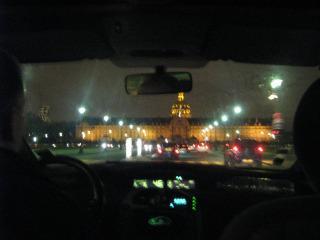
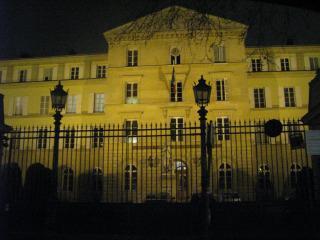
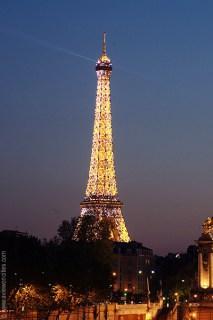
We pull up to the Hotel and the driver gets out to unload our luggage, all ways well “NOT!”
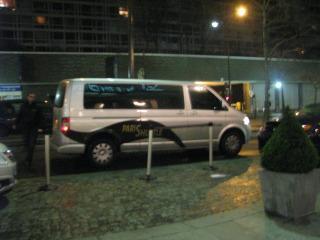
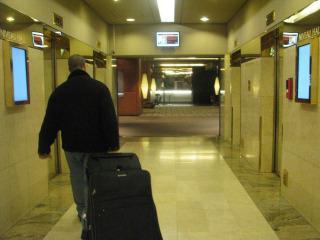
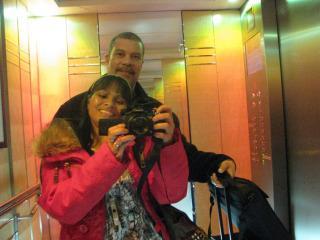
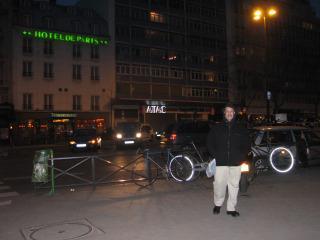
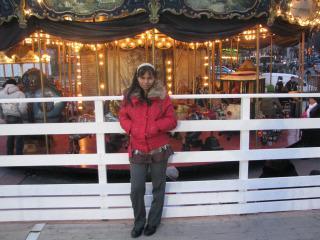
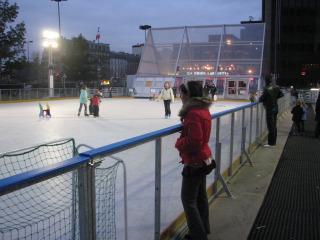
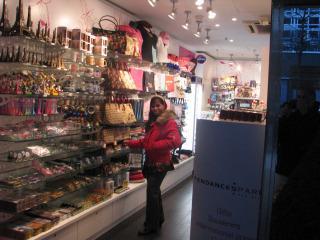
A good nights sleep a very good breakfast of creeps and coffee and jumping on the tour bus. Sunday Morning being the good Catholic that I am we just had to attend Mass at , You know it “NOTRE DAMME,” Church.
A Religious site
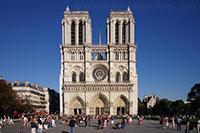
Construction
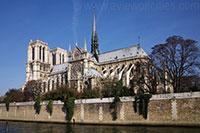
The Building
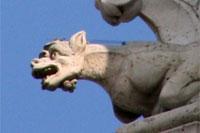
It took until 1345 before the cathedral was completed, partly because the design was enlarged during construction. The result is an overwhelming building, 128m long (420 ft) with two 69 meter tall towers (226 ft). The spire, which reaches 90m (295 ft), was added in the 19th century by Viollet-le-Duc. The Notre-Dame Cathedral has several large rose windows, the northern 13th century window is the most impressive. The massive window has a diameter of 13.1 meter.
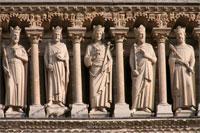
The frontal west facade features 3 wide portals; above the portals is the Gallery of Kings – 28 statues of Judean Kings – and higher up are the famous gargoyles and grotesques. The spectacular eastern flying buttresses at the east side of the building are 15m wide.
Restoration
During the Revolution, many of the cathedral’s sculptures, gargoyles and interior was removed or demolished. Even the gallery of Kings was severely damaged: the revolutionaries though the statues represented
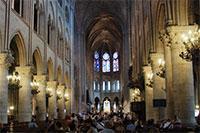
French Kings.
It wasn’t until the 19th century before the Cathedral was fully restored thanks in part to the writer Victor Hugo, who with his book ‘Notre-Dame de Paris’, made the Parisians realise the cathedral was worth restoring. The 20 year long restoration was led by a local architect, Eugène Emmanuel Viollet-le-Duc. Viollet-le-Duc made drastic, controversial modifications to the building and even added a spire. The cathedral was restored again between 1991 and 2001, this time the historic architecture was carefully preserved.
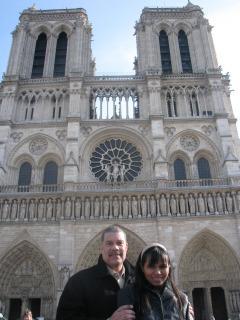
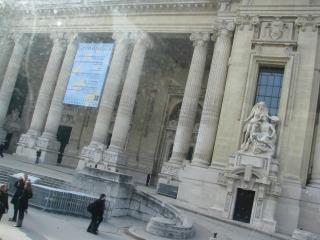
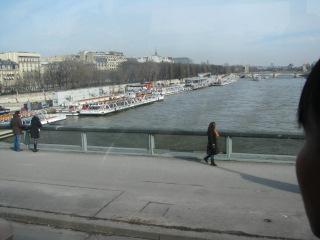

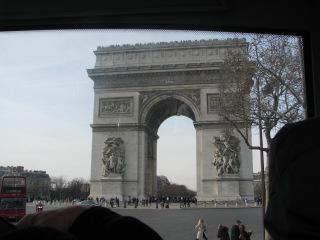

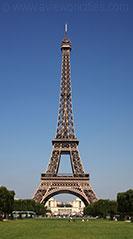
You couldn’t possibly visit Paris without seeing the Eiffel Tower. Even if you do not want to visit this world famous structure, you will see its top from all over Paris. The tower rises 300 meters tall (984 ft); when it was completed at the end of the 19th century it was twice as high as the Washington Monument, at the time the tallest structure in the world.
1889 World Exhibition The Eiffel Tower was built for the World Exhibition in 1889, held in celebration of the French Revolution in 1789.The construction was only meant to last for the duration of the Exposition, but it still stands today, despite all protests from contemporary artists who feared the construction would be the advent of structures without ‘individuality’ and despite the many people who feared that this huge ‘object’ would not fit into the architecture of Paris.

Today, there is no such aversion anymore among the Parisians, and one could not imagine Paris without the Eiffel Tower, in fact it has become the symbol of the City of Light.
Gustave Eiffel The man behind the Eiffel Tower was Gustave Eiffel, known from his revolutionary bridge building techniques, as employed in the great viaduct at Garabit in 1884. These techniques would form the basis for the construction of the Eiffel Tower. He was also known for the construction of the Statue of Liberty‘s iron framework.The structure took more than two years to complete. Each one of the about 12,000 iron pieces were designed
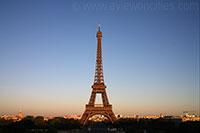
separately to give them exactly the shape needed. All pieces were prefabricated and fit together using approx. 7 million nails.
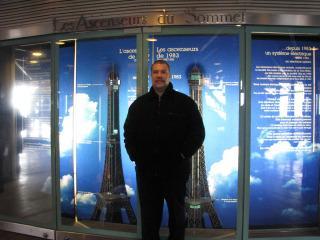
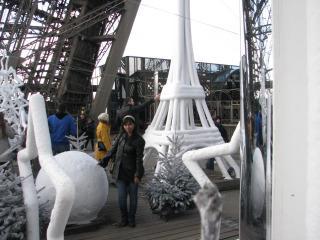
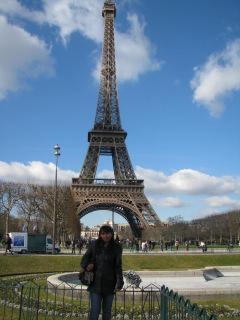
IT ALWAYS SEEMS AS IF THERE IS NEVER ENOUGH TIME…
The Louvre, originally a palace but now one of the largest and most visited museums in the world, is a must-visit for anyone with a slight interest in art. Some of the museum’s most famous works of art are the Mona Lisa and the Venus of Milo. Louvre MuseumOriginally a royal palace, the Louvre became a public museum at the end of the 18th century. It is located in the 1st arrondissement,

at the heart of Paris.
There are about 35.000 objects on display, spread out over three wings of the former palace. The museum has a diverse collection ranging from the antiquity up to the mid 19th century. A large part of the collection consists of European paintings and sculptures. Other rooms contain Roman, Egyptian, Greek and Oriental art. There is also a section with ‘Objects d’Art’, where objects such as clocks, furniture, china and tapestries are displayed.
Some of the most famous works of art in the museum are the Venus of Milo, the Nike of Samothrake, the Dying Slave by Michelangelo and of course Leonardo da Vinci’s Mona Lisa.
History of the LouvreThe Louvre was created in several phases.
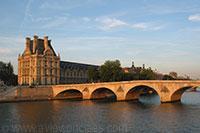
the Seine
Originally built as a 12th century fortress, it was converted into a royal palace in the 14th century.
Its current appearance goes back to the 15th century, when the original fortress was demolished and the wing along the Seine river was built. The palace was extended during the 16th century by architect Pierre Lescot, who expanded the palace into a complex with two courtyards. A decade later Catharina de Medici added the Tuileries palace to the west of the Louvre. Construction on the Louvre was halted for some time when king Louis XIV decided to move to the Versailles Palace.
In the 19th century, during the Second Empire, the Louvre was expanded again with the addition of the Richelieu wing.

The Louvre now had four symmetric wings surrounding a large courtyard. This would not last long, as the Communards burned the Tuileries palace in 1871, opening up the west side of the palace.
The collection of the Louvre Museum was first established in the 16th century by King Francis I. One of the works of art he purchased was the now famous Mona Lisa painting. The collection grew steadily thanks to donations and purchases by the kings. In 1793, during the French Revolution, the private royal collection opened to the public.
Glass PyramidThe most recent addition to the Louvre was the
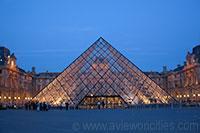
construction of the glass pyramid, which functions as the museum’s main entrance. The pyramid was built in 1989 by the renowned American architect I.M. Pei. The glass pyramid allows the sunlight to come in on the underground floor.
The modern addition originally received mixed reviews, as it contrasts sharply with the classical design of the surrounding buildings, but today it is generally accepted as a clever solution which has given the museum a spacious central entrance without the need to touch the historic patrimony.
ONCE AGAIN WE MUST SAY GOOD-BYE, TO PARIS ;-(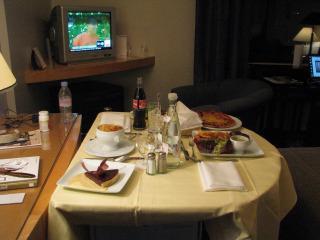
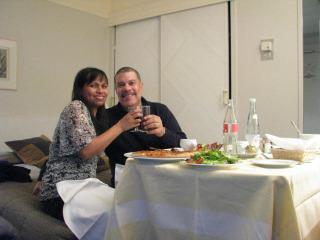
“PEACE UNTIL NEXT TIME.”
“WAIT, you are probably wondering what happen to my wallet, if I ever found it was my credit stolen, well we flew back to Marco Polo Airport there I went to the Airport Security and wouldn’t you know it my prayers were answered. When we were going through gate Security while leaving to go to Paris the Security person had placed another tray on top on mine before I could retrieve my wallet and when I looked back at the tray it was empty so naturally I thought that I had everything and continued on to our gate . All I had to do was to verify that I was who I said I was and they returned my wallet to me “God is Good!”
